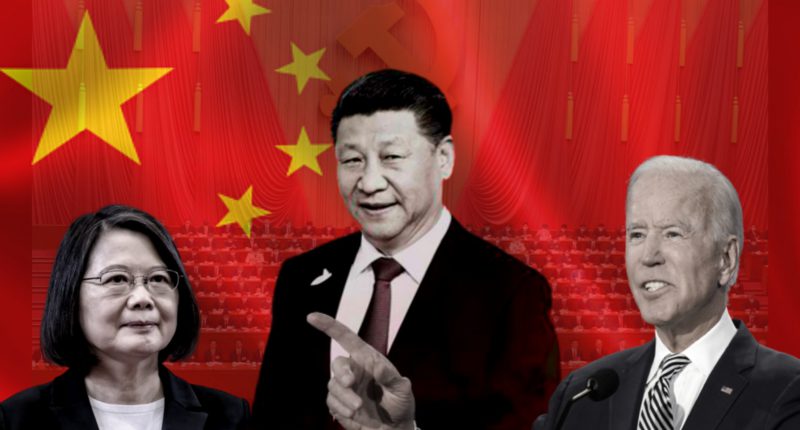China’s President Xi JinPing on Sunday kicked off the Communist Party Congress, a weeklong event held twice in a decade, where he is widely expected to clinch a third consecutive term establishing him as one of the country’s most powerful leaders in history.
Resounding applause was heard in the Great Hall of the People in Beijing, where the 2300 delegates held the political congress when the Chinese President stated that his government is working towards unifying and rejuvenating the Chinese nation. That is bringing all the estranged parts of the Asian powerhouse under control.
According to a report by Reuters News Agency, President Xi JinPing declared that China had dominated Hong Kong successfully, turning the situation from “chaos to governance.” And Taiwan was next.
State of play
The United States of America recognizes Taiwan as its non-NATO ally following the Taiwan Relations Act that binds both countries. This agreement mandates the US to come to the defense of the self-governing island in the event of an unwarranted attack.
With threats of a possible attack by China on Taiwan, the US has continued to sanction the exports of semiconductors to China. The latest development by the US forced all Americans working in China to quit their jobs or lose their American citizenship.
As a result, every American executive and engineer working in China’s semiconductor manufacturing industry resigned, reducing China’s chip productivity to zero overnight.
The big picture
Semiconductors are useful in the production of cars, phones, laptops, clean energy and many more. For China to restart the operations of chip manufacturing, it would have to establish a trade deal with Taiwan (the world’s largest producer of semiconductors) in which it is in conflict.
Looking forward
The world is watching how China would respond to these limitations set by the US.
In case you missed it
Tensions between the US and China escalated after US House Speaker Nancy Pelosi visited Taiwan despite the warnings of the Asian powerhouse.
The Chinese government in response launched military ships and planes across the Taiwanese territories (sky and water) and even launched missiles over the island’s capital, Taipei. China, also in a show of strength, launched its largest and most aggressive live war drills in years.
These military drills grounded flights and disrupted shipping activities in one of the top zones known for global trade. Regardless, the US and France further sent more lawmakers following China’s military agitation and has continued to impose economic sanctions on the Asian powerhouse.

